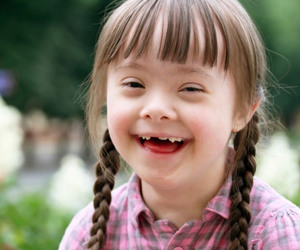The world is unfair. The diversity through our city, state, country, and world require that there are differences in people’s life experiences. As a human race we should work to ensure that every person has the basic necessities to life a good life, however defining what a necessity is a very difficult task. Those living in different areas of the world view what is necessary and what is not differently. This discrepancy makes us ask what the difference is between something that is unfair and we need to live to learn with and what is unjust and we need to fight against to rectify in our world.
Beauchamp and Childress sate that “Properties distributed by the lotteries of social and biological life do not provide ground for morally acceptable discrimination between persons in social allocations if people do not have a fair chance to acquire or overcome these properties” But What properties create an injustice to require some form of assistance? Is it unfortunate or unfair? The example stated in Principles of Biomedical Ethics is the disparities have persisted in the management of acute myocardial infarction and acute coronary syndromes and that the End-stage renal disease Program pays in full for the kidney transplant but does not pay for the post-transplantation requirements such as immunosuppressant mendication needed for the rest of life. The denial of treatment due to the socioeconomic status of individuals is an injustice. While the programing are helping individuals and diagnosing illness to work to correct something that is unfair, they are also making it more of an injustice. It is not morally just to provide a service for a citizen that is not sustainable for their socioeconomic status. If you do not provide a service that will help them patient through their lifetime, and you know that they will be harmed in the future either emotionally or physically because of the stop to treatment, it is an injustice.
This makes me think of similar situation in New York. Froma Walsh discusses the case of Post Traumatic Stress Disorder (TSD) in New York neighborhoods. There are great discrepancies between the rates of symptoms and diagnosis of PTSD. There are higher rates of symptoms of PTSD, but there are higher rates of diagnoses of PTSD in upper middle class neighborhoods. While these disparities exist and it is unfair that mental health professionals take into account the socioeconomic background of a client before diagnosing them with something that may require expensive therapy and drugs that they cannot afford. Instead these clinicians provide ways to self regulate their symptoms for their PTSD that do not require diagnosing them with the disorder.
While it is important to work to fight injustices, it is important to accept that unfairness does exist. The same health conditions in different people may require different and more effective treatment based on their socioeconomic status and life experiences.
Walsh, F. (2003). Normal family processes: Growing diversity and complexity.
New York: Guilford Press.
Tom L. Beauchamp and James F. Childress, Principles of Biomedical Ethics. New York: Oxford UP, 2009. Print.

